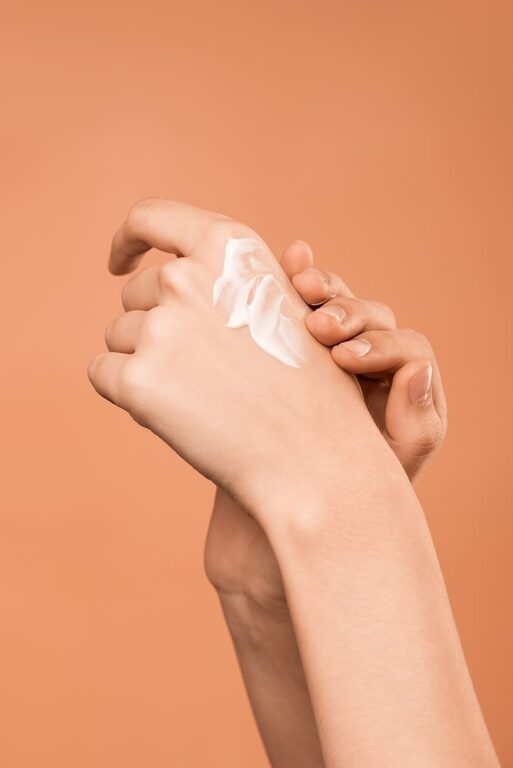How to Start a Basic Skincare Routine for Healthy, Glowing Skin

Starting a skincare routine might seem overwhelming with so many products and advice out there. But the truth is, you don’t need a complicated or expensive system to take good care of your skin. A basic routine with a few essential steps can make a big difference in how your skin looks and feels. Whether you’re new to skincare or want to simplify your current habits, this guide will walk you through everything you need to know to start a basic skincare routine.
Why Start a Skincare Routine?
Your skin is the largest organ of your body and acts as a barrier against environmental stressors like pollution, weather, and bacteria. Taking care of your skin helps maintain its health, prevent issues like dryness or breakouts, and promote a glowing complexion. A consistent skincare routine can also boost your confidence by helping you look and feel your best.
Understanding Your Skin Type
Before you choose products, it’s important to understand your skin type. This will guide you in selecting products that suit your skin’s needs.
– Normal skin: Balanced moisture, not too oily or dry
– Dry skin: Feels tight, flaky, or rough, especially after washing
– Oily skin: Shiny appearance, enlarged pores, prone to breakouts
– Combination skin: Oily in the T-zone (forehead, nose, chin) and dry or normal elsewhere
– Sensitive skin: Easily irritated, red, or itchy by certain products or environments
If you’re unsure, a simple test is to wash your face, wait an hour, and observe how your skin feels and looks.
Basic Skincare Routine Steps
A basic skincare routine includes just three essential steps: cleansing, moisturizing, and protecting. Let’s explore each step.
1. Cleansing: Clean Your Skin Gently
Cleansing removes dirt, oil, makeup, and impurities that can clog pores and cause dullness.
– Use a gentle cleanser suited for your skin type. Avoid harsh soaps that strip natural oils.
– Cleanse twice a day — once in the morning and once before bed. If you wear makeup or sunscreen, cleansing at night is especially important.
– Use lukewarm water to avoid irritation or dryness.
Tips:
– If you have dry or sensitive skin, opt for creamy or hydrating cleansers.
– For oily skin, gel or foaming cleansers work well.
2. Moisturizing: Keep Your Skin Hydrated
Moisturizing locks in hydration and helps maintain the skin’s protective barrier. It also prevents dryness and improves skin texture.
– Choose a moisturizer that fits your skin type: lightweight lotions or gels for oily skin, richer creams for dry skin.
– Apply moisturizer right after cleansing while your skin is still slightly damp to seal in moisture.
– Don’t forget your neck and décolletage area!
Tips:
– If your skin is very dry, consider using a moisturizer with ingredients like hyaluronic acid or ceramides.
– For oily skin, non-comedogenic (won’t clog pores) moisturizers are best.
3. Sun Protection: Shield Your Skin Every Day
Sun exposure is one of the leading causes of premature aging and skin damage. Protecting your skin from UV rays is essential.
– Use a broad-spectrum sunscreen with at least SPF 30 every day, even on cloudy days.
– Apply sunscreen as the last step of your morning skincare routine. Reapply every two hours if you’re spending time outdoors.
– Many moisturizers now include SPF, but it’s usually better to apply a dedicated sunscreen for full protection.
Tips:
– Look for “broad-spectrum” on the sunscreen label — it protects against both UVA and UVB rays.
– Physical sunscreens with zinc oxide or titanium dioxide are great for sensitive skin.
Optional Steps to Enhance Your Routine
Once you’re comfortable with the basics, you can consider adding one or two extra steps depending on your skin concerns.
Exfoliation
– Exfoliating removes dead skin cells, promoting a fresh and bright complexion.
– Use gentle exfoliants 1–2 times a week (chemical exfoliants like alpha-hydroxy acids or gentle scrubs).
– Avoid over-exfoliating, which can cause irritation.
Serums
– Serums are lightweight formulas concentrated with active ingredients such as vitamin C (brightening), niacinamide (pore refining), or hyaluronic acid (hydration).
– They are applied after cleansing and before moisturizing.
Eye Cream
– If you have concerns like dark circles or puffiness, an eye cream might help.
– Gently pat the product around the eye area without pulling the delicate skin.
Tips for Success
– Consistency is key: Skincare improvements take time. Follow your routine daily.
– Be patient: Expect changes to appear over weeks, not overnight.
– Patch test new products: Apply a small amount to a discreet area before full use to avoid reactions.
– Listen to your skin: Adjust products and frequency if you notice irritation or discomfort.
– Simplify when in doubt: It’s better to have a simple routine you stick to than a complicated one you skip.
Sample Basic Skincare Routine
Here’s a simple routine overview to get you started:
| Time | Step | Suggested Products |
|—————|————–|———————————–|
| Morning | Cleanse | Gentle foaming or cream cleanser |
| | Moisturize | Lightweight moisturizer |
| | Protect | Sunscreen SPF 30+ |
| Evening | Cleanse | Same gentle cleanser |
| | Moisturize | Richer moisturizer if needed |
Final Thoughts
Starting a skincare routine doesn’t have to be complicated or expensive. With just a few basic steps—cleansing, moisturizing, and sun protection—you can build the foundation for healthy, glowing skin. As you get more comfortable, feel free to explore additional products like exfoliants or serums based on your skin’s unique needs. The most important thing is to stay consistent and choose products that make your skin feel happy and cared for. Happy skincare!
